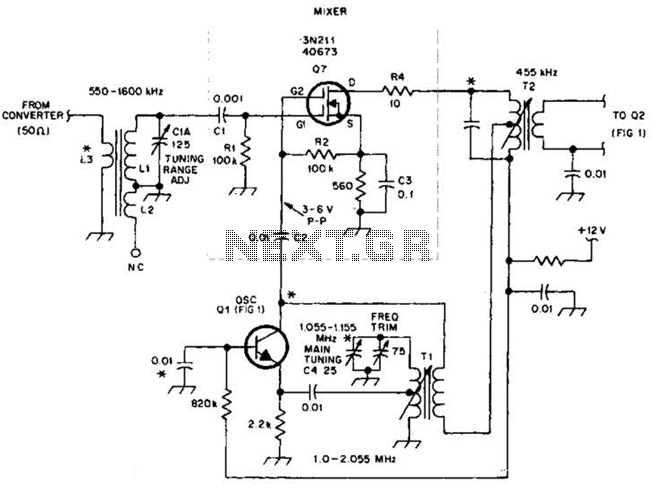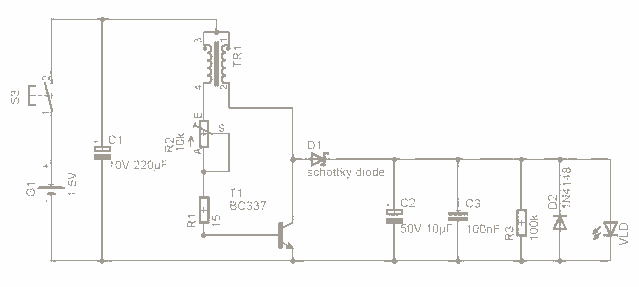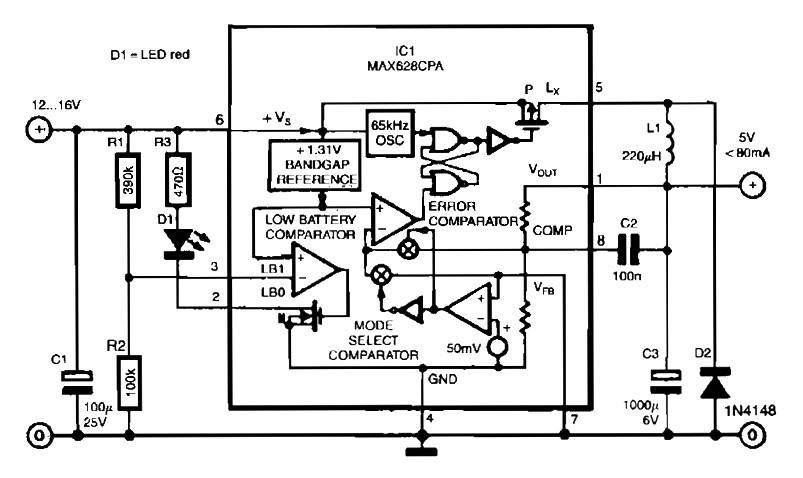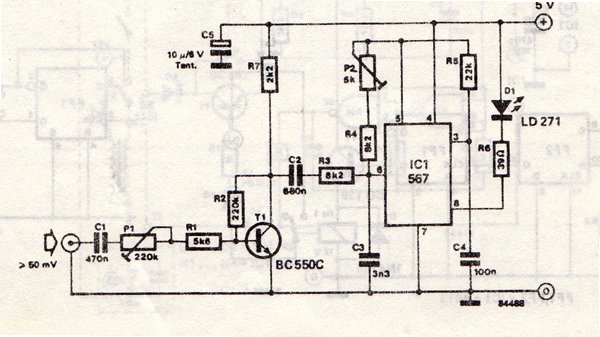
6v 4.5ah battery charger circuit

This article discusses a fully automatic 6V 4.5AH battery charger circuit that utilizes the LM317T integrated circuit along with a few additional components. The circuit is designed to charge a 6V lead-acid battery.
The circuit utilizes the LM317T voltage regulator, which is a versatile component capable of providing a stable output voltage, making it suitable for battery charging applications. The LM317T is configured in such a way that it regulates the voltage to the appropriate level required for charging a 6V lead-acid battery, ensuring that the battery receives the correct charging voltage without overcharging.
The design typically includes a few passive components such as resistors and capacitors. Resistors are used to set the output voltage of the LM317T, while capacitors are employed to stabilize the voltage and filter out any noise from the power supply. Additionally, a diode may be included in the circuit to prevent reverse current flow, which could damage the charger or the battery.
The automatic feature of the charger is achieved through the use of a simple feedback mechanism that monitors the battery voltage. When the battery reaches its full charge, the circuit can automatically reduce or cut off the charging current, thus preventing overcharging and extending the life of the battery.
This circuit is particularly useful for applications where a reliable and efficient charging solution is required for 6V lead-acid batteries, such as in small electric vehicles, backup power systems, and various portable devices. The simplicity of the design allows for easy assembly and troubleshooting, making it an ideal project for both beginners and experienced electronics enthusiasts.Article about full automatic 6V 4.5AH battery charger circuit with schematic using IC LM317T and few components. The circuit can charge 6V lead acid battery. .. 🔗 External reference
The circuit utilizes the LM317T voltage regulator, which is a versatile component capable of providing a stable output voltage, making it suitable for battery charging applications. The LM317T is configured in such a way that it regulates the voltage to the appropriate level required for charging a 6V lead-acid battery, ensuring that the battery receives the correct charging voltage without overcharging.
The design typically includes a few passive components such as resistors and capacitors. Resistors are used to set the output voltage of the LM317T, while capacitors are employed to stabilize the voltage and filter out any noise from the power supply. Additionally, a diode may be included in the circuit to prevent reverse current flow, which could damage the charger or the battery.
The automatic feature of the charger is achieved through the use of a simple feedback mechanism that monitors the battery voltage. When the battery reaches its full charge, the circuit can automatically reduce or cut off the charging current, thus preventing overcharging and extending the life of the battery.
This circuit is particularly useful for applications where a reliable and efficient charging solution is required for 6V lead-acid batteries, such as in small electric vehicles, backup power systems, and various portable devices. The simplicity of the design allows for easy assembly and troubleshooting, making it an ideal project for both beginners and experienced electronics enthusiasts.Article about full automatic 6V 4.5AH battery charger circuit with schematic using IC LM317T and few components. The circuit can charge 6V lead acid battery. .. 🔗 External reference





